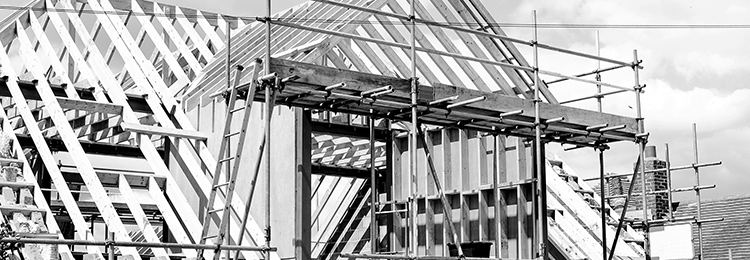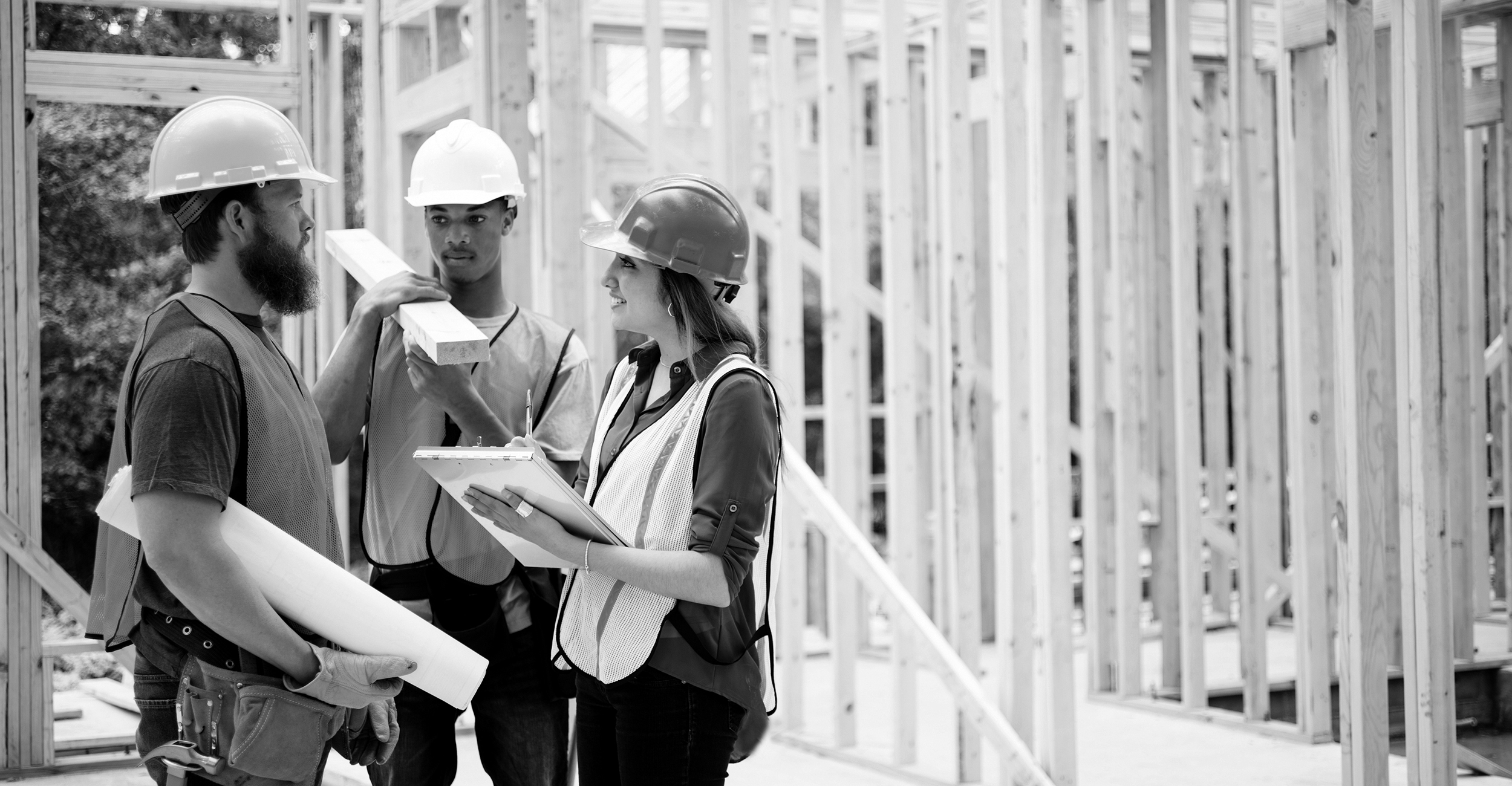Spending extra time in the sun – that’s the stuff vacations are made of. But for construction crews, working long hours in the heat poses real dangers to their health and safety.
Faced with increased risks of heat-related illnesses and skin cancer, construction workers need to take extra precautions to protect themselves from the sun’s rays. David Beauchamp, Senior Risk Management Consultant at Builders Mutual, shares why sun safety shouldn’t be ignored – and different ways workers and their supervisors can practice protection on the job-site.
Sun exposure can be a health hazard
Sunny days present two distinct challenges to workers: harmful ultraviolet (UV) rays and high heat.
There are two types of UV rays: UVA and UVB. Most powerful during the spring and summer months, both types of UV rays can cause skin cancer. Even on cloudy days, these rays can damage the skin – particularly during peak construction hours between 10 am and 4 pm.
When the sun is blazing, excessive heat can cause body temperatures to rise while depleting essential water and salt levels through sweat. When these losses become significant, workers can experience heat exhaustion – or even worse, heatstroke, which requires medical treatment. These heat-stress-related illnesses first show as symptoms that may include headaches, nausea, dizziness, thirst, and heavy sweating.
According to Beauchamp, most workers’ compensation claims for heatstroke come between June and September.
Stay hydrated
Like athletes embroiled in competition, construction workers need to take a timeout for a water break. Under normal conditions, workers should drink about 8 to 12 cups of water a day. When it’s very hot out, it’s recommended that workers drink one cup every 20 minutes – and not just when they are thirsty.
OSHA standards require employers to supply potable water for their employees. Employer-provided water should be placed in a location familiar to the workers, easily accessible, and in sufficient quantity for the duration of the task.
When jobs last more than a few hours, OSHA also recommends employers supply electrolyte-containing beverages such as sports drinks. When workers sweat, they lose salt and other electrolytes, which can cause cramping and other health problems. Workers should also avoid caffeinated drinks (and alcohol, of course), which can actually dehydrate the body.
Sometimes, you can be dehydrated before you feel any symptoms. An effective way to check your hydration levels is to examine the color of your urine. If it’s dark yellow, that means you should be drinking more water. In addition, medications can affect your salt levels (as well as your sensitivity to sunlight), so check with your doctor about the right level of fluid intake.
How to manage against the sun
It’s a supervisor’s responsibility to make sure workers continue to thrive under scorching temperatures. Adopt these practices to improve your on-site sun safety:
- Adjust the work schedule. While not always possible, try to avoid working during mid-day when the sun’s rays are strongest. To help you plan around high heat, try the Heat Safety Tool from OSHA. This app displays a risk level for outdoor workers based on the heat index at their job-site. It offers reminders about protective measures to take – from drinking fluids to scheduling rest breaks. The National Weather Service also publishes a heat index chart showing the combined effects of high temperatures and humidity that can be posted at the job-site to raise awareness.
- Rotate tasks. Instead of assigning a single person to a task, split the job among three people, so each person spends less time in the sun.
- Conduct periodic checks. Don’t assume that workers are practicing sun safety. Make sure they are drinking fluids, and monitor their body language to see if they appear dizzy or over-exerted. If individuals aren’t sweating in high heat, that could signal a problem.
- Set up cool-downs. If workers can’t escape indoors, erect temporary canopies so they can stay in the shade during breaks. One of Beauchamp’s policyholders had employees sign in when they visited a shade tent so they could ensure everyone was getting enough shade. Also, if your crews must work inside during high heat, improve air flow and ventilation with the help of industrial fans.
What to wear to keep cool
Often, the best way to protect yourself from the sun is to cover your skin – with sunscreen or the right clothing. Here’s what to wear:
- Sunscreen. Use broad-spectrum lotion that protects against both UVB and UVA radiation. Your sunscreen should also have an SPF of at least 30 and be water-resistant so it can stand up to constant sweating. Make sure to apply regularly on all uncovered body parts, including the ears and hands. And don’t fall for this myth: sunscreen is only useful for fair-skinned people. Regardless of your complexion or skin tone, anyone can get burned or develop skin cancer – so all people need to use sunscreen.
- Hats. A wide-brimmed hat can shield your face and neck from damaging rays. If you must wear a hard hat, you can add accessories that provide extra coverage.
- Clothing. Wear close-knit materials in darker colors for superior UV protection. Also, try dry-fit or vented clothing that can help to cool you down.
- Sunglasses. Tinted or clear glasses that offer 100% UV protection should be worn anytime you’re outdoors. Large, wraparound frames will offer additional protection.
Sun exposure receives much less attention than fall protection or working with heavy machinery. But a sound safety plan needs to address this hazard to safeguard workers from preventable illnesses and injuries. At Builders Mutual, we can help contractors develop comprehensive safety programs and provide training around effective sun protection.
Contact your risk management consultant today to learn how your safety programs can beat the heat.




 Find an
Find an